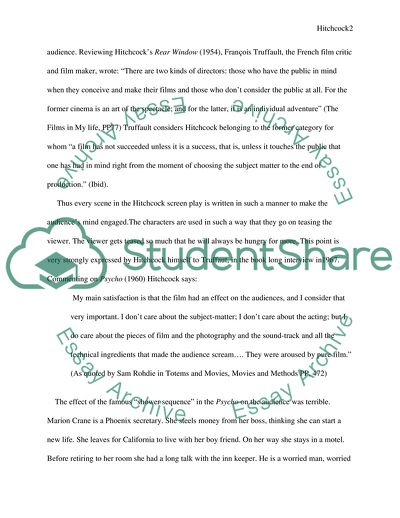Cite this document
(Special Features of Alfred Hitchcock Movies, Benefits and Criticism Essay, n.d.)
Special Features of Alfred Hitchcock Movies, Benefits and Criticism Essay. Retrieved from https://studentshare.org/visual-arts-film-studies/1723453-criticism-of-alfred-hitchcock
Special Features of Alfred Hitchcock Movies, Benefits and Criticism Essay. Retrieved from https://studentshare.org/visual-arts-film-studies/1723453-criticism-of-alfred-hitchcock
(Special Features of Alfred Hitchcock Movies, Benefits and Criticism Essay)
Special Features of Alfred Hitchcock Movies, Benefits and Criticism Essay. https://studentshare.org/visual-arts-film-studies/1723453-criticism-of-alfred-hitchcock.
Special Features of Alfred Hitchcock Movies, Benefits and Criticism Essay. https://studentshare.org/visual-arts-film-studies/1723453-criticism-of-alfred-hitchcock.
“Special Features of Alfred Hitchcock Movies, Benefits and Criticism Essay”. https://studentshare.org/visual-arts-film-studies/1723453-criticism-of-alfred-hitchcock.


